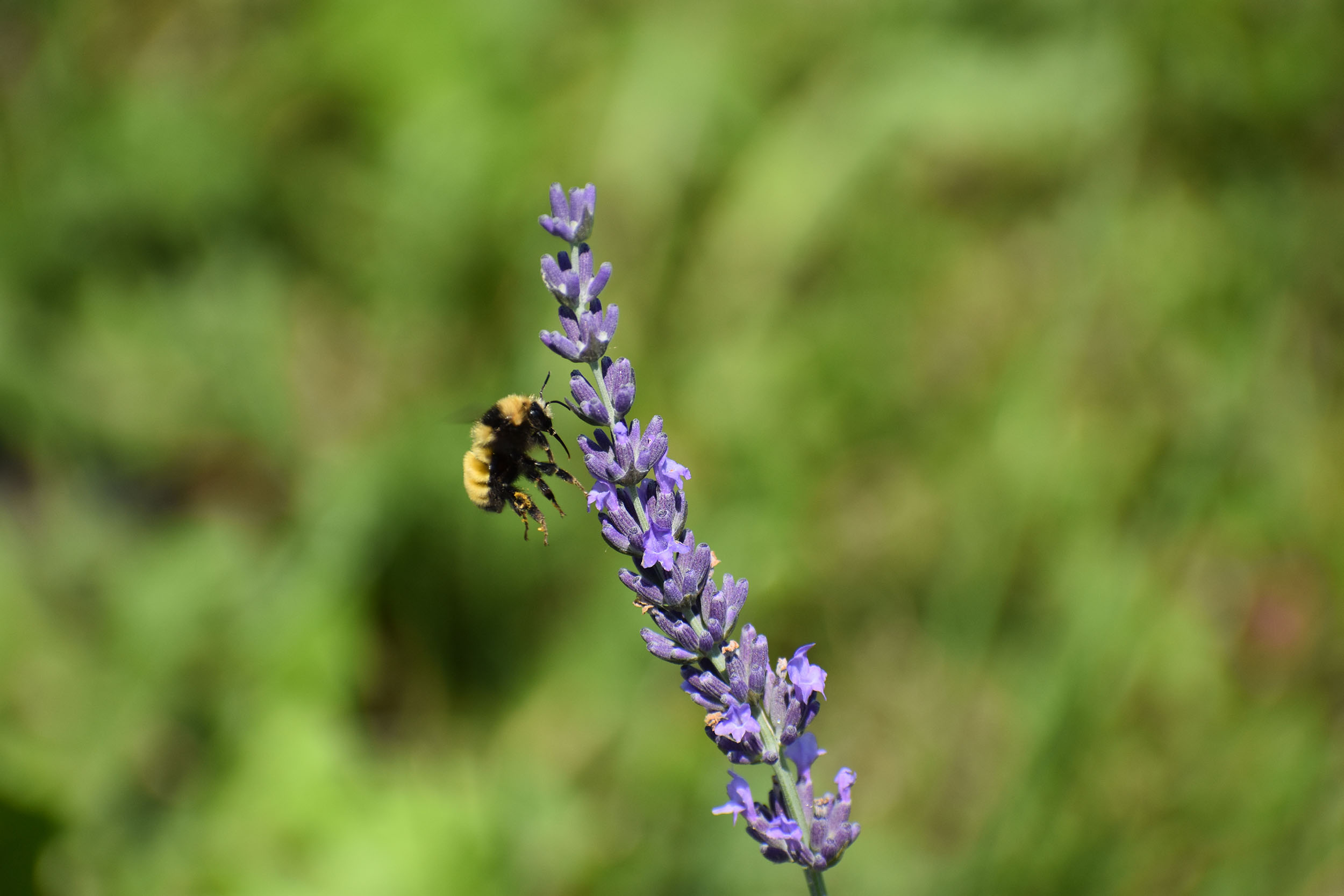Pathogen risk to bumble bees across Canada
Bumble bees are facing many challenges, and one growing concern is
the spread of diseases from managed bees to wild populations. While
scientists have known about this risk for years, few studies have
mapped out where the danger is highest. Our research looked at this
issue across Canada, identifying areas where conservation efforts
for bumble bees overlap with regions at risk of disease spillover
from managed bees.

We found that more than 15% of high-priority conservation areas for
bumble bees are at risk, with hotspots in southwest Alberta,
southern British Columbia, southern Ontario, and southern
Quebec—places that also happen to be home to the richest diversity
of bumble bee species. The risk isn’t limited to farms or cities;
even natural areas could be affected.
To help protect wild bumble bees, we need to adopt better management
practices, such as screening managed bees for disease, improving
colony care, treating infections, and setting up national monitoring
and reporting programs. Our findings give conservation groups and
policymakers the tools to focus their efforts where they’re needed
most, helping to safeguard these essential pollinators and the
ecosystems they support.